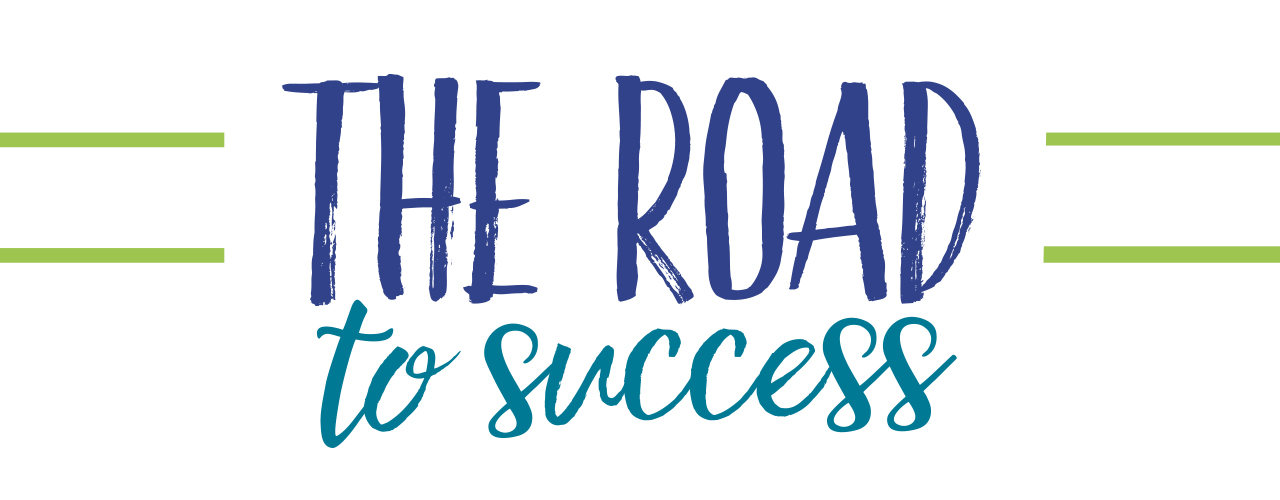Block-the-talk; ‘Karan Ambwani of dYdX Foundation on how blockchain be used to keep digital assets safe

#Blockthetalk #Karan #Ambwani #dYdX #Foundation #blockchain #digital #assets #safe
What are the three best practices that today’s youth should follow when it comes to digital assets?
1. Have a long-term view of how the digital world is evolving, what the latest trends and developments could be impactful, and how each of us can contribute – instead of simply looking at short-term financial returns.
2. Understand the self-custody of assets, use decentralised applications, and store assets on hardware wallets to manage your risks and become less vulnerable to online threats. Be cautious before sharing personal information online and use multi-factor authentication wherever possible when using digital services.
3. Invest more time in educating yourself on how the web3 networks work by learning about consensus mechanisms, smart contract development, tokenomics, and engage more actively in this community-led movement by contributing to forum discussions, participating in governance.
How can blockchain be used to keep digital assets safe? Which are the apps consumers can use?
Blockchain allows information and assets to be stored in a decentralised database that is distributed across a network of computers, rather than being stored in a centralised server. This decentralised architecture of the system makes it less viable, both technically and economically, for bad actors to access or alter the data.
Blockchain allows the development of decentralised digital solutions that are operated by open-source smart contracts with the same set of rules for everyone. They offer ways for users to securely store and manage their funds without giving away custody of their assets. There are many different applications from digital art and collectibles to decentralised finance (DeFi) applications. The applications use digital assets as mechanisms to incentivise participation, and govern and utilise the app ecosystems for specific use cases.
What are three tips you would like to give to people who dabble in crypto trading?
In my personal opinion, there are a few things to keep in mind and I want to remind you that none of this is financial advice.
1. Do your own research to understand the market and the specific digital asset you are interested in trading. This includes understanding the technology behind the asset, the team behind the project, and any potential risks or limitations. Also, be very careful and conservative if you trade with leverage, as that amplifies your risk.
2. Diversify your portfolio by investing and using a variety of different financial instruments and services to mitigate risk. Do not trust unregulated centralised services with all your assets and learn to use battle-tested, open-source decentralised alternatives.
3. Use a secure wallet to store your funds, like a hardware wallet and one that offers strong security features such as multi-factor authentication and a secure recovery process.
It is also important to remember that crypto products and NFTs are unregulated and can be highly risky. There may be no regulatory recourse for any loss from such transactions.
Which according to you is the country leading in the space and the Indian start-up ecosystem can pick up the best use cases?
A few factors that could define whether a particular country is leading in the web3 industry is -they have abundant tech talent, entrepreneurs have easy access to capital, and the country has an industry-friendly regulatory framework. It is difficult to say which country is currently leading in development, as there are many countries with active communities and companies working in this space. Where some countries are open to adoption at a national level like El Salvador, some have regulatory sandboxes for development or clear operational frameworks like in Singapore and Japan, Switzerland’s regulatory clarity and legal certainty for crypto companies, or some with effective tax regimes like Portugal, UAE and others.
India is in a unique position with an ample skilled labour force, with lots of companies working in the digital assets domain and overall good interest from investors to support. Furthermore, the Indian regulators have taken an active interest in learning from the best practices around the world and thinking about a global regulatory framework that would be highly valuable for the long-term adoption of Web3.0.
What are the disadvantages of blockchain?
There are usually limitations with any new technology in the early days. Technology keeps on improving and maturing over time. In the past few years, scalability and transaction throughput used to be the biggest bottleneck for rapid adoption. This has since then greatly improved with Layer-2 solutions and sovereign app-chains. dYdX protocol, for example, is currently built on Starkwave which is a highly scalable Ethereum L2 solution, with no gas fee for transactions. dYdX Trading is now working on building V4 of the protocol, a standalone blockchain based on the Cosmos SDK. This is expected to improve the scalability of the application manifold.
Another common criticism of blockchain-based applications is that they are fairly complex for retail users and the user experience is still not polished enough for a smooth onboarding. Due to this reason, a lot of users still end up trusting unregulated centralised exchanges or lending products that they find comfort in using but end up losing assets if the companies behind those products lose user funds or go bankrupt.
